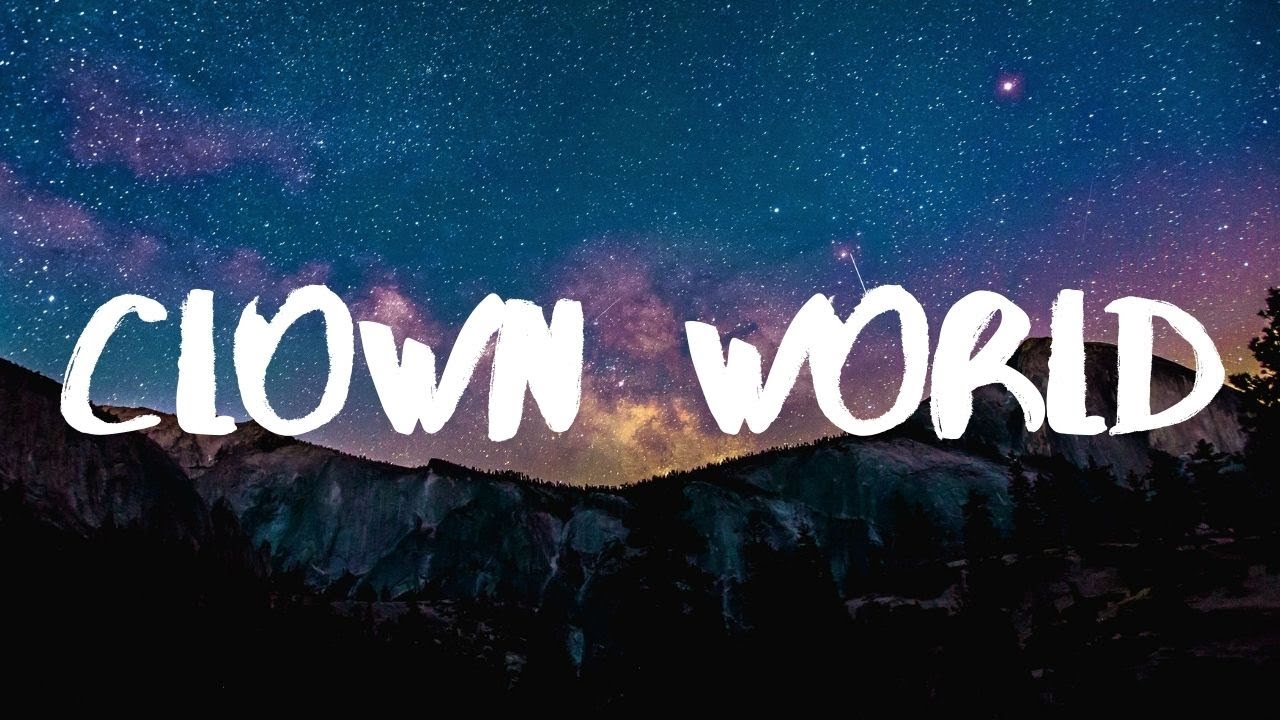When we think about clowns, various images float into our minds—bright costumes, oversized shoes, and painted faces. Yet, the phenomenon of clowns transcends mere entertainment, weaving an intricate tapestry of culture, humor, and societal reflection. The so-called “clown world” has shaped our perceptions of joy and fear, playing a significant role in art, performance, and even social commentary. Let’s jump into this whimsical universe, riffing on the history, cultural impact, and some iconic figures that have defined the colorful (and sometimes creepy) clown world!
7 Iconic Clowns Who Defined the Clown World
The evolution of the clown has been marked by influential figures whose legacies have transformed this art form. Below, we explore seven iconic clowns that have left their indelible mark on what we now refer to as the “clown world.”
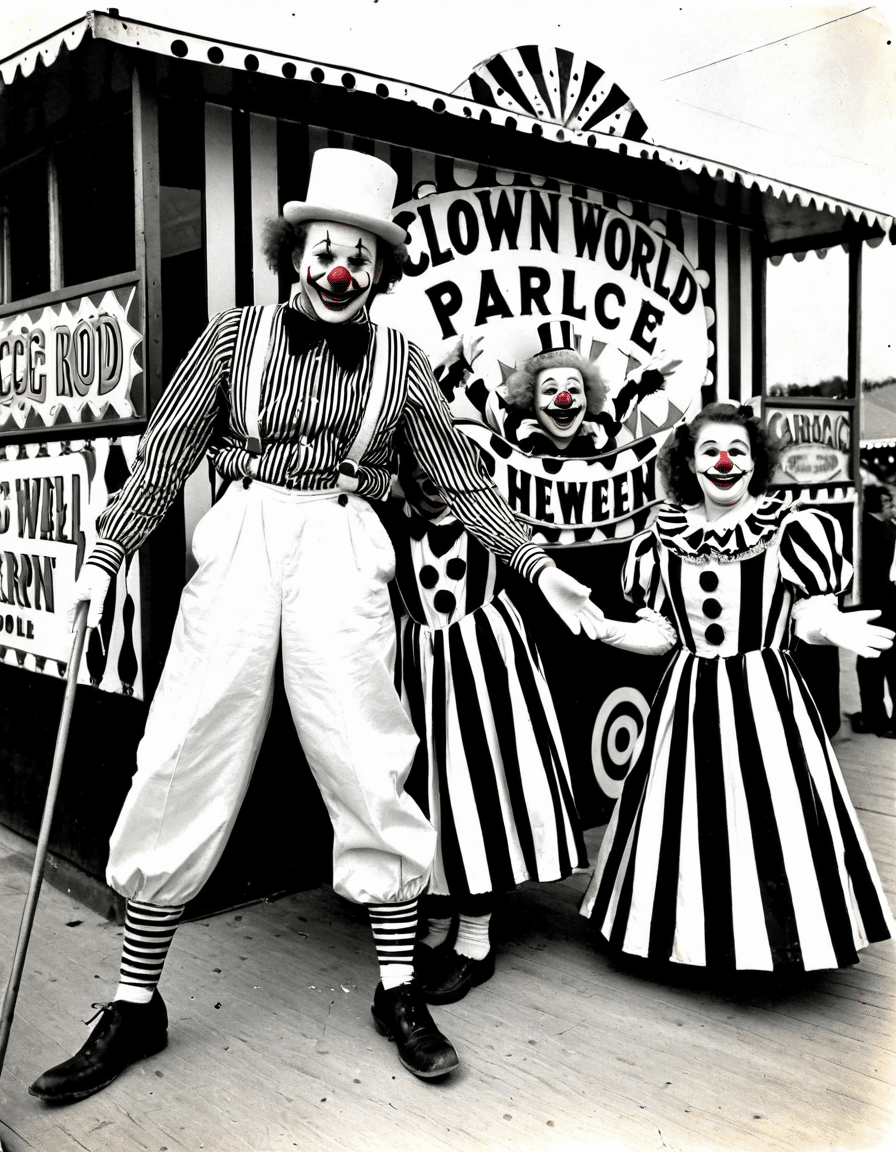
1. Joseph Grimaldi: The Father of Modern Clowning
Joseph Grimaldi shook up clowning in the early 19th century. Known for his vibrant character “Joey,” Grimaldi brought together acrobatics, dance, and a cheeky sense of humor, laying down the groundwork for the slapstick style we associate with clowns today. You can still see his influence echoing in contemporary clown performances across the globe. Talk about a legacy!
2. Emmett Kelly: The Melancholy Clown
Emmett Kelly introduced a unique twist to clowning with his character “Weary Willie.” A true master of pathos, Kelly’s portrayal resonated with audiences during difficult times like the Great Depression. He showcased that clowns could reflect sorrow and hardship, breaking the mold of a one-dimensional character. His embodiment of the downtrodden highlighted the powerful narrative clowns could wield.
3. Bozo the Clown: The TV Icon
Emerging in the 1940s, Bozo the Clown became synonymous with American television and children’s entertainment. With shows like “Bozo’s Circus,” he not only entertained but also became a cultural icon that spanned generations. Merchandising efforts turned him into a household name, proving that the clown world could encompass both joy and commercial success. Talk about reaching every living room!
4. The Insane Clown Posse: Clowns of the Underground
Picture this: two artists in face paint spinning tales of horror through rap. The Insane Clown Posse (ICP) did just that in the 1990s. With their dark music and energetic concerts, they created the “Juggalos” subculture, challenging traditional views of clowns. Their outrageous performances demonstrated how the clown world can bring about a unique blend of horror and hilarity.
5. Ronald McDonald: The Corporate Clown
As the mascot for McDonald’s, Ronald McDonald became an emblem of the fast-food industry. His cheerful persona in marketing campaigns helped shape the landscape of children’s entertainment and advertising. Over the years, he became more than just a clown; he became a global brand. Ronald certainly showcases how clowns can play a role that extends into corporate culture and consumerism.
6. Cirque du Soleil’s Clowns: Redefining Circus Performance
Cirque du Soleil has completely redefined clowning, integrating acrobatics, theater, and breathtaking visuals. Their clowns, such as those in “O” and “Kooza,” serve not just as comedic relief but as key elements of the storytelling experience. Their performances blend artistry and laughter, showcasing just how versatile the clown world can be.
7. Snap: The Skate Warehouse Clown
Adding a modern twist to the clown narrative, Snap—a character born from brands like goClown—bridges the gap between skate culture and classic clowning. His antics in skate warehouses bring a gritty edge to clowning, merging performance art with skateboarding. This unique fusion exemplifies how the clown world keeps on evolving, tapping into different cultural veins.
The Cultural Impact of Clowns in Today’s Society
In today’s digital age, clowns have morphed into multifaceted symbols in popular culture. The “clown world” reflects evolving societal changes, representing everything from childhood innocence to darker fears we might harbor. Films like Stephen King’s “It” become cultural touchstones, revealing our uneasy relationship with clowns—mixing amusement with dread.
Social media has also reshaped these perceptions. Clown influencers on platforms like Instagram and TikTok showcase comedic skits, breathing new life into this time-honored art form. They’re introducing fresh narratives and engaging with audiences that are hungry for humorous or even absurd content, making the clown persona a modern staple in entertainment.
Moreover, the use of the 🤡 emoji in conversations about clowns often represents a flurry of emotions—from playful banter about mistakes to deeper societal fears. Clowns, whether intentional or accidental, tug at our hearts and our funny bones in ways we sometimes don’t even recognize. They’re reflections of our society, blending joy, sorrow, and everything in between!
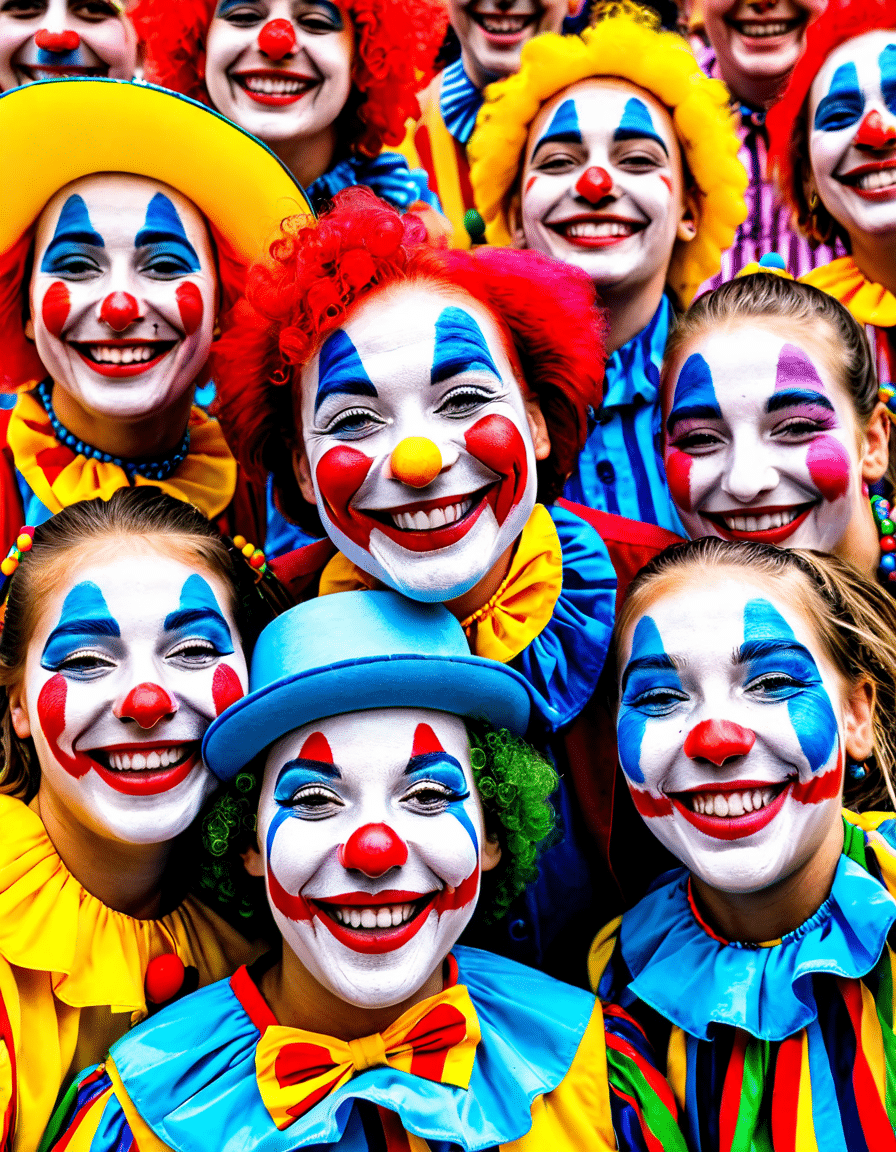
An Evolutionary Look at Clowning
Clowning is anything but static; it reinvents itself continuously to meet the needs of audiences. From vibrant circus performances to the edgy skate warehouses, the “clown world” is basically a never-ending work in progress. Today’s clowns embrace digital media, delve into social issues, and probe deeper psychological themes, ensuring they remain relevant in a fast-paced world.
The adaptability of clowns also speaks to their cultural resonance. They can make you laugh, cry, or even cringe! As they engage in social commentary through various mediums, including music and visual arts, clowns become more than just entertainers; they turn into societal mirrors reflecting our most intimate fears and wildest fantasies.
In essence, the “clown world” offers a compelling lens to analyze our cultural landscape, revealing truths that resonate with the human experience. As we look ahead, there’s no telling how clowns will evolve next—bet your bottom dollar they’ll remain an essential part of our collective storytelling, bringing both laughter and introspection along the way.
In the expansive clown universe, there’s a lot more than just laughter. From the bright lights of circuses to the regional cultures shaping perceptions, the clown world reflects the beauty—and the bizarreness—of the human condition. Whether you’re a cinephile, a casual fan, or just curious about the quirkiness of clowns, there’s something here for you! 🎪✨
Clown World: Discover the Quirky History of Clowns
The Eccentric Beginnings
If you think about it, clown world has roots that go way deeper than you might expect. Clowns can be traced back to ancient civilizations, where jesters entertained kings and queens with their playful antics. These humorous figures were essential for diffusing tension in royal courts. Fast forward to the 19th century, and you’d find clowns in circuses around the world. It’s quite fascinating how their make-up and costumes evolved over the years. In today’s clown world, styles and themes vary immensely. For instance, did you know the famed designer Jean Paul Gaultier created a collection dubbed “Paradise Garden”? It reinvents the whimsical aesthetics of clowns, blending fashion and humor to fit our modern era.
Modern-Day Clown Culture
In recent years, the concept of clown world has taken on new meanings, morphing into expressions of humor in unexpected places. City dwellers might stumble upon amusing Craigslist ads, like those in Long Island Craigslist or St. Louis Craigslist. These quirky listings often showcase folks trying to get rid of clown costumes or even offering clowning services! This blend of modern technology and old childlike charm speaks to the resilience of clowns in popular culture. Speaking of clowns and absurdity, Marina Gold is a recent name to watch; she’s been making waves with her outlandish performances that include a clown twist, which helps breathe fresh life into traditional clowning.
The Psychology Behind Clowning
The allure of clowns certainly speaks to deeper parts of our psyche. In today’s clown world, there’s a surprising connection between humor and personality. Ever wonder what type of clown you might be? You could take the cosmos personality quiz to find out! This lighthearted approach helps people grasp their traits while having fun with the idea of clowns. Interestingly, some characters like Jubilation leeaka Jubilee), a beloved superhero, have evolved from comic relief to prominent figures, further blurring the lines between traditional and modern clowning. Clowning isn’t just about laughs; it can also serve a purpose, providing an escape, a smile, or even a message.
In our whimsical exploration of clown world, it’s clear that clowns—whether through the antics of Morgan Wallen bald or the inspiring inclusivity propagated by artists—continue to thrive and evolve. They remind us that amidst life’s hurdles, a little laughter goes a long way!
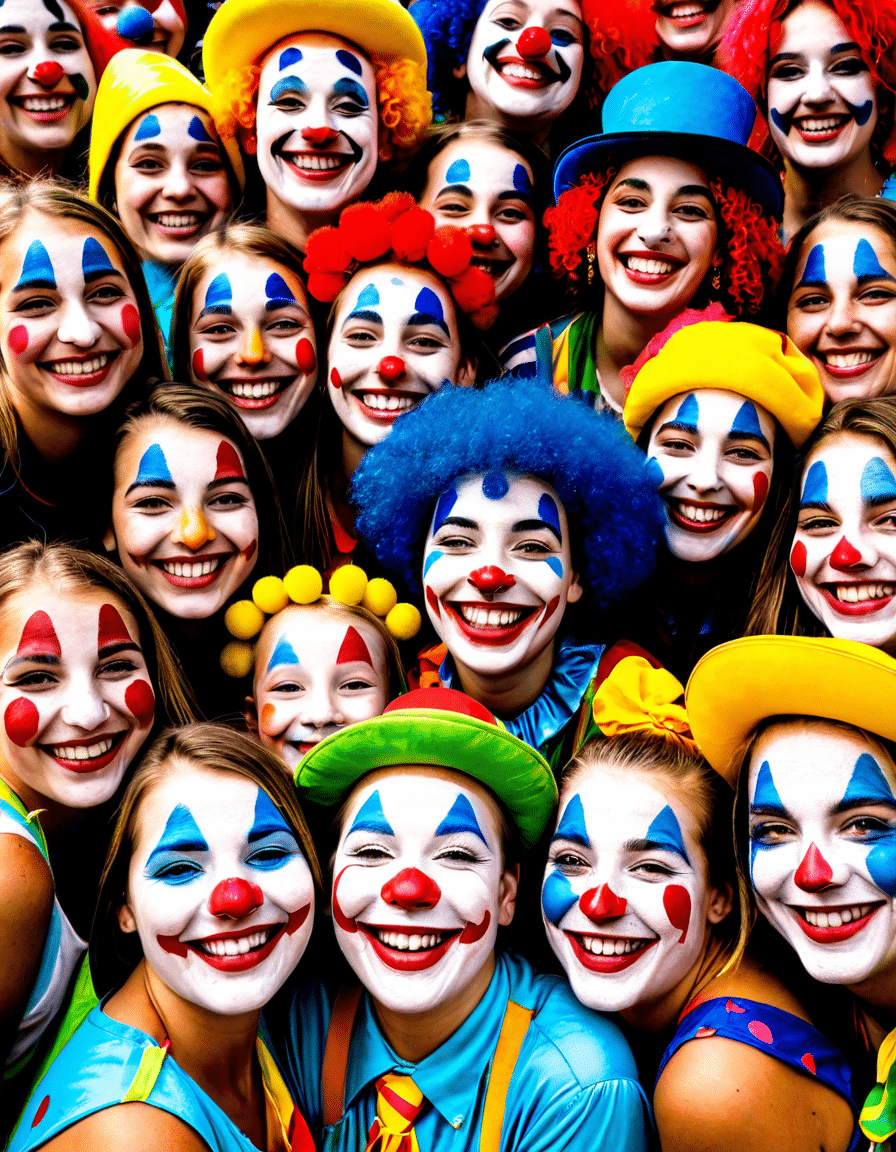

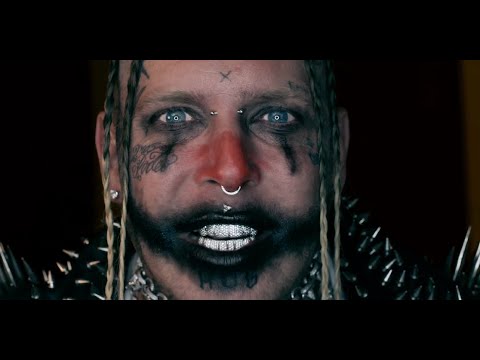
![Clown World [Full HD Re-upload]](https://www.cinephilemagazine.com/wp-content/cache/flying-press/70c618aed24d8af6e1aa3885038a4623.jpg)
